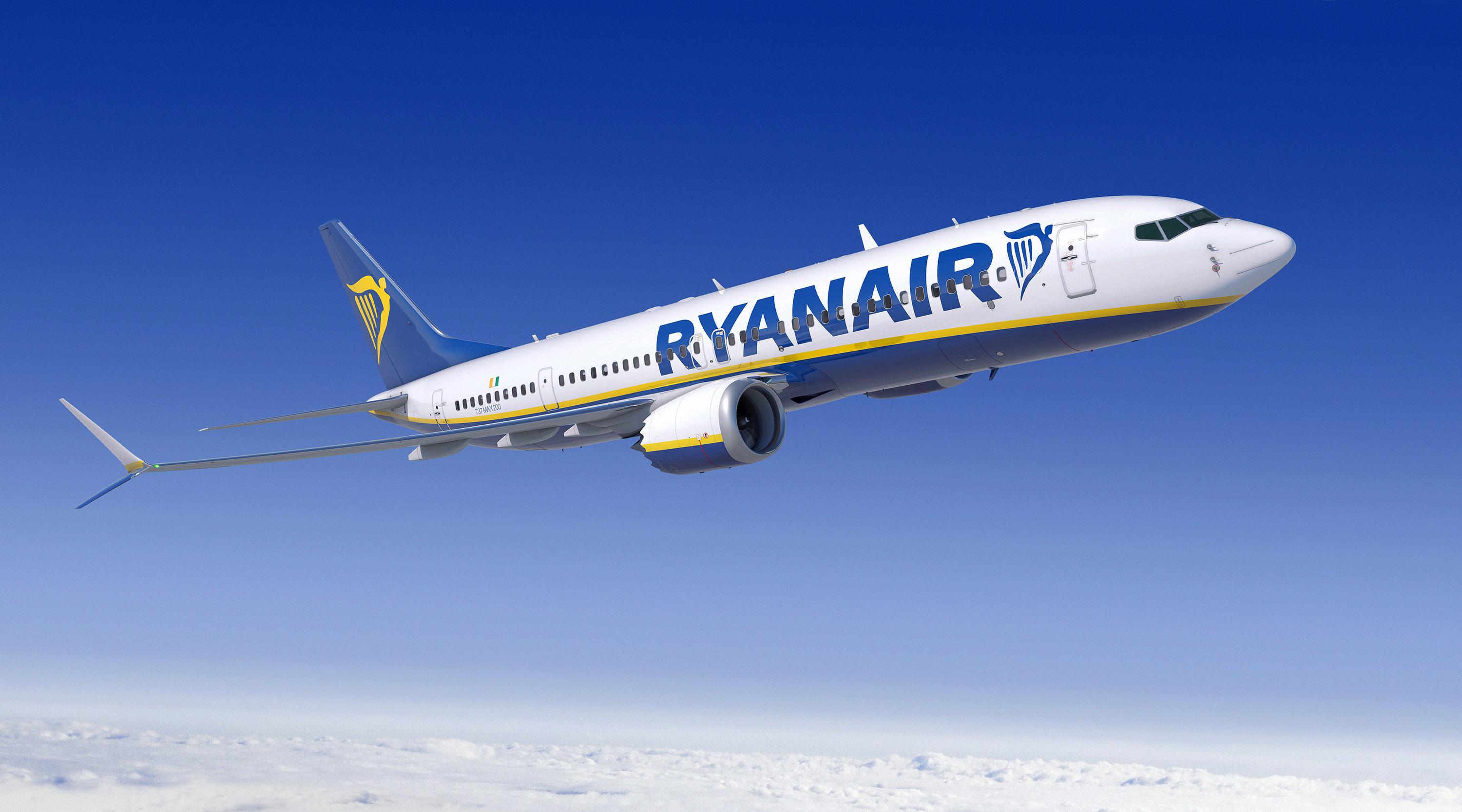
Ryanair Boeing 737-8-200
Credit: Boeing
Ryanair Group CEO Michael O’Leary has forecasted that capacity constraints will persist across Europe for the foreseeable future, pushing air fares higher, driven by such factors as industry consolidation, aircraft delivery delays, and supply chain issues. The projection came after the Irish airline...
Subscription Required
This content requires a subscription to one of the Aviation Week Intelligence Network (AWIN) bundles.
Schedule a demo today to find out how you can access this content and similar content related to your area of the global aviation industry.
Already an AWIN subscriber? Login
Did you know? Aviation Week has won top honors multiple times in the Jesse H. Neal National Business Journalism Awards, the business-to-business media equivalent of the Pulitzer Prizes.





